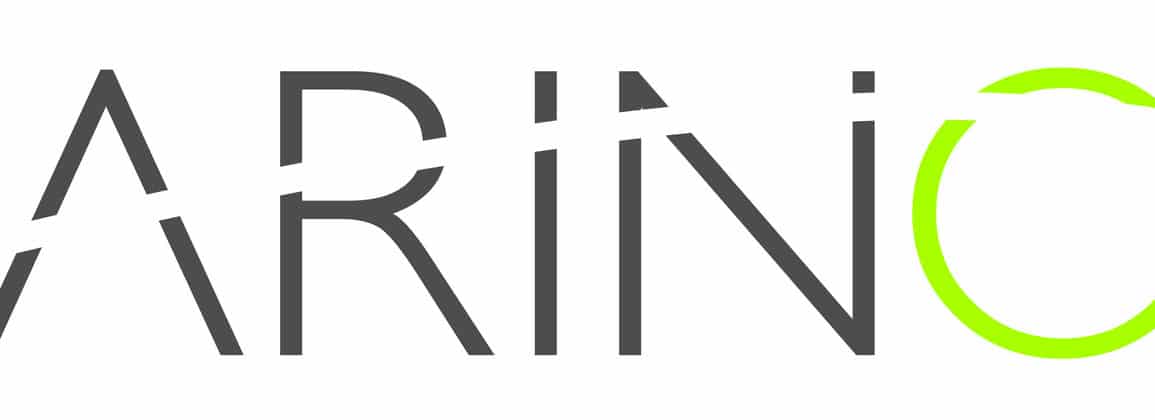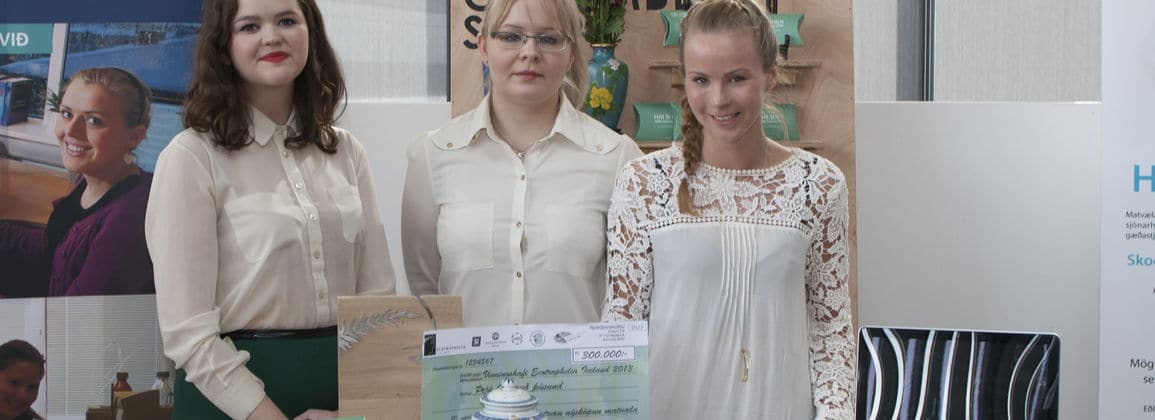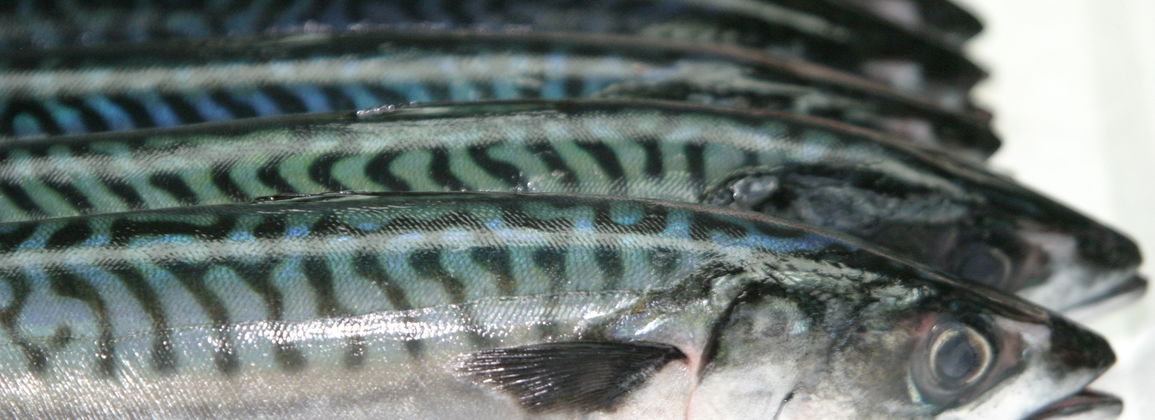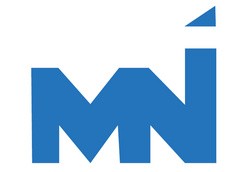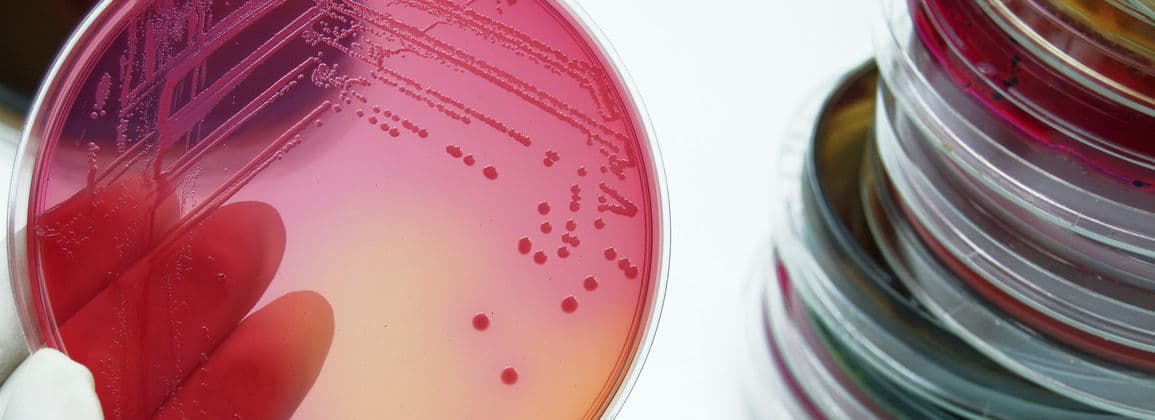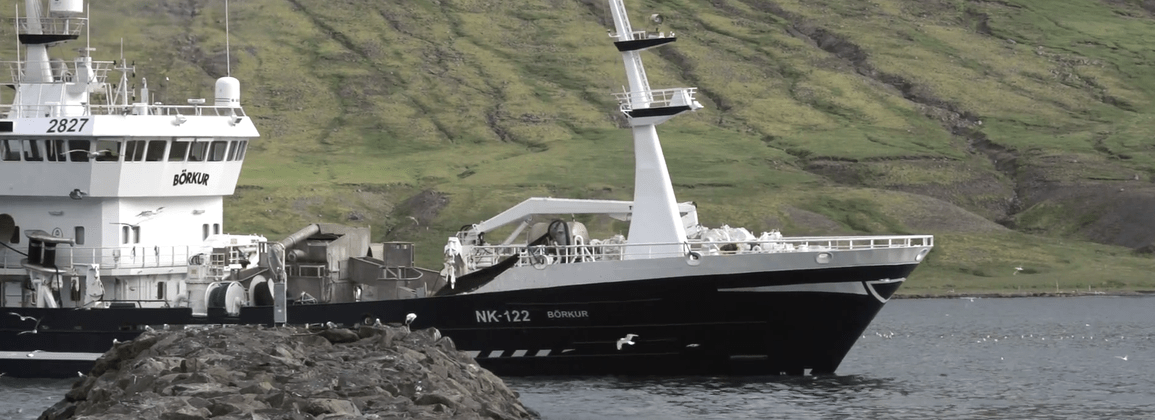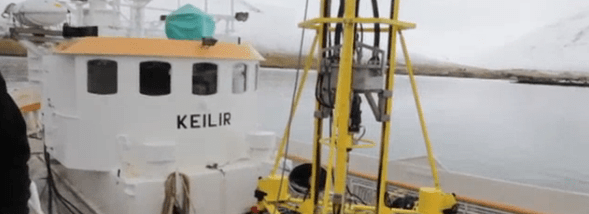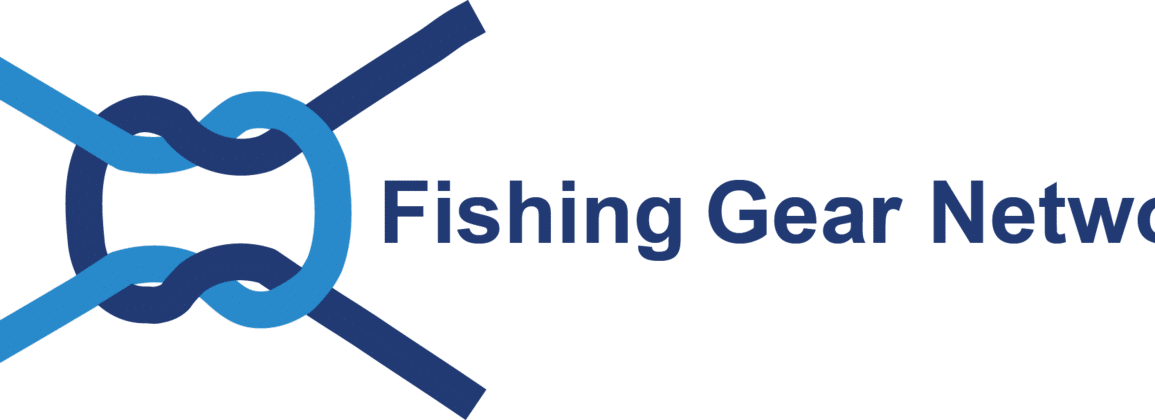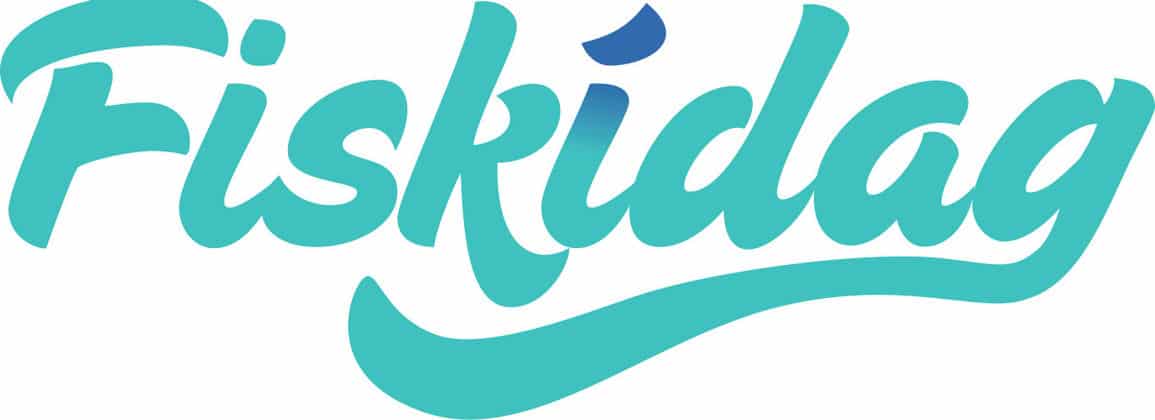Brynhildur Ingvarsdóttir has been hired as the new managing director of Marinox ehf., The manufacturer of the UNA skincare skin care line.
Brynhildur graduated with an MA in Media Studies from Emerson College in Boston in 2002 and a BA in History from the University of Iceland in 1995. She most recently worked as EGF's Marketing Manager at Sif Cosmetics, where she participated in the development of the company and the brands EGF and BIOEFFECT ™. Brynhildur was previously the director of the National Museum of Iceland's media department on the eve of the museum's construction and reopening on September 1, 2004. She is one of the authors of the museum's basic exhibition and directed the media department in the first years after its opening.

When Brynhildur was asked about her new job, she said that Marinox was a very interesting company with great potential in various fields. "Marinox is one of these exciting innovative companies based on solid research and the enthusiasm of the founders. Their research has shown that one type of seaweed that grows off the coast of Iceland can be used to produce highly bioactive substances with high antioxidant activity, which are not only sought after as raw materials in cosmetics, but also as valuable food additives and food additives to name a few. , "Says Brynhildur.
Marinox ehf. is a young innovative company specializing in the research, development and production of bioactive substances from marine algae and products containing such substances. The company's first product line, the UNA skincare skin care products, was launched just over a year ago. The research and development work of the product line took place in close collaboration with Matís, both in Reykjavík and in Sauðárkrókur. UNA skincare skin products contain unique bioactive substances made from Icelandic seaweed, but Marinox researchers have developed a unique method for isolating and producing active substances from this underutilized Icelandic resource - a method that ensures maximum effectiveness of the substances. The UNA skincare ™ brand is only the first of many that are in the pipeline at Marinox, as there are many opportunities to enter the market.
For further information, please contact Hörður G. Kristinsson, Board Member and Founder of Marinox (858-5063) or Brynhildur Ingvarsdóttir (860-9650).

